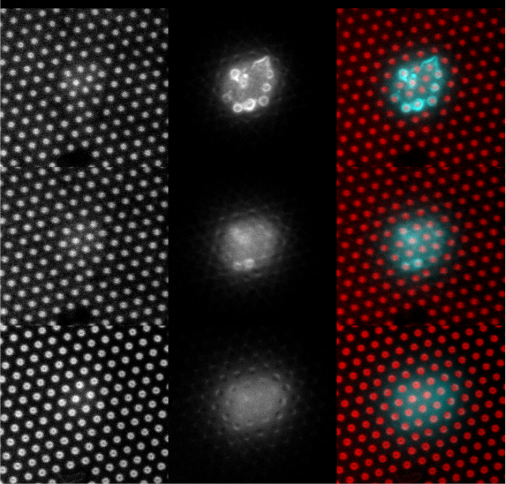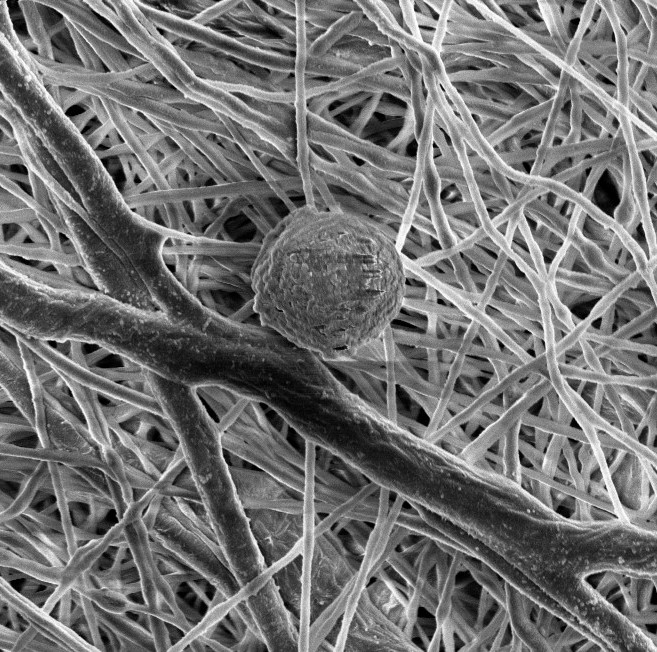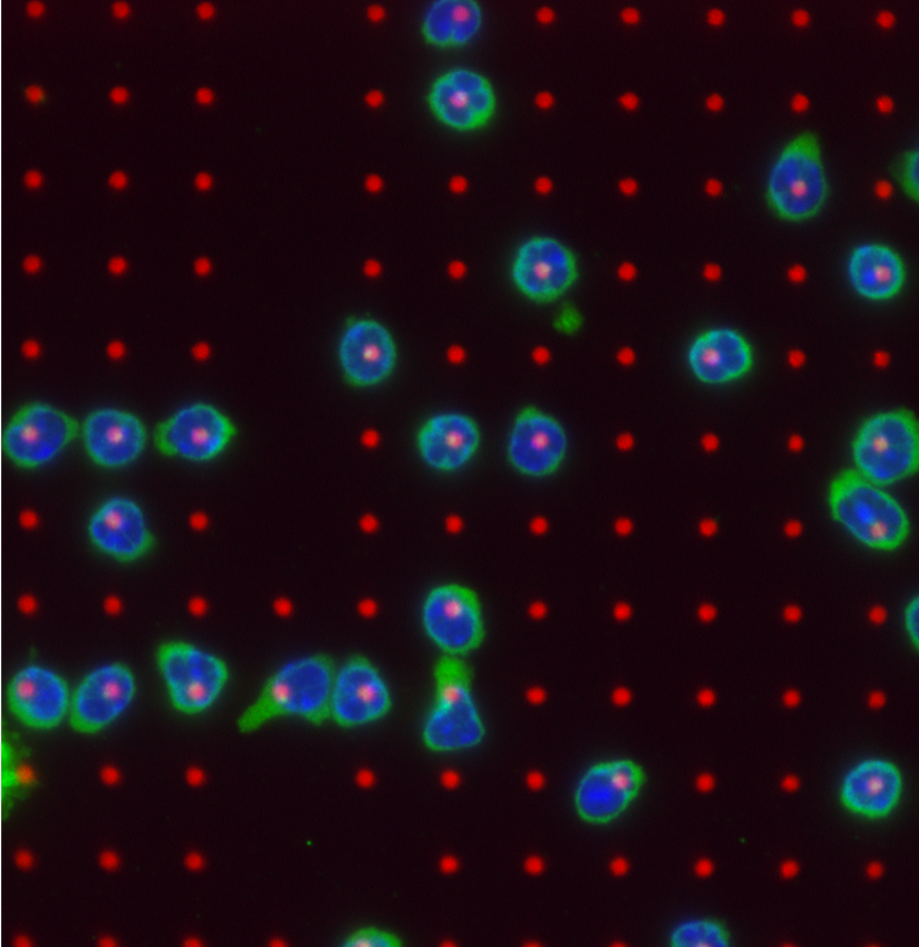
T cell mechanosensing
How do T cells sense the mechanical properties of their environment?
Mechanical forces play critical roles in physiology, directing molecular activation to human health. Our group provided some of the initial studies that T cells can sense the stiffness of cell culture surfaces, mimicking the phenomenon of matrix mechanosensing observed in adherent cell types, but in an entirely different molecular setting. In particular, T cells can exert force on their surroundings without engagement of integrin receptors, using instead the TCR/CD3 complex for force generation. Current studies seek to understand the 3-dimensional nature of the T cell - antigen presenting cell interaction, and how forces can serve to coordinate this communication.

Biomaterials for growing T cells
Reengineering bioreactor materials can improve cellular immunotherapy
Leveraging our discovery that T cells can sense the mechanical properties of a cell culture surface, our group is developing new systems to improve activation and growth of T cells for cellular immunotherapy. Replacing the mechanically stiff materials typically used for cell culture with soft counterparts increases the number of cells that result from a round of cell growth. In addition, these softer materials can rescue the expansion of exhausted cells from patients being treated for cancer, bringing this therapy to a wider range of individuals.
Capturing diversity in cancer
Cancer is a multifaceted disease. Can we find patterns in presentation that improve research and treatment?
Quite often, T cells from cancer patients are difficult to activate and grow, complicating the use of cellular immunotherapy. This phenomenon resembles T cell exhaustion in response to chronic stimulation, but the underlying mechanisms are not well understood. Our group applied a multi-factor data analysis approach to produce an algorithm that can predict the long-term growth of cells from a set of biomarkers and short-term measure of live cell function. The vision is for these analyses to allow tailoring of cell growth conditions to an individual, optimizing production of sufficient numbers of high quality cells.

Spatially-resolved cell signaling
Revealing how cells modulate molecular signaling at the sub-cellular level
Cells have the remarkable ability to control their shape and function at the scale of micrometer, suggesting that the chemical reactions underlying these processes are also spatially modulated. Using multi-component, micropatterned surfaces, we demonstrated that T cells are sensitive to the relative co-localization of TCR/CD3 and CD28 (costimulatory) signaling. Moreover, convergence of these pathways is modulated by the lateral mobility of molecules in the cell membrane. Continuing studies seek to reveal the full role of these reaction-diffusion mechanisms in defining cell function.